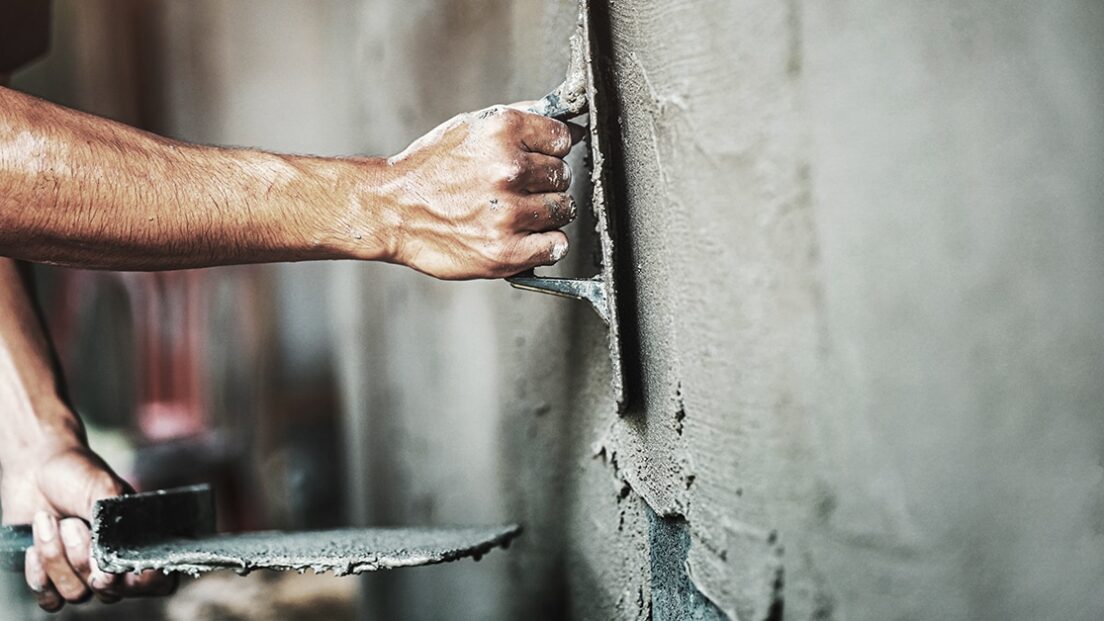Empa researches clay as a sustainable building material

Empa researcher Ellina Bernard is working to establish clay as a sustainable alternative to concrete. To this end, additives are being sought and standards for composition and load-bearing capacity are being defined. The project is funded by the SNSF with an Ambizione grant.
Clay releases significantly less CO2 than concrete, explains the Swiss Federal Laboratories for Materials Testing and Research(Empa) in a press release. Ellina Bernard from Empa’s Concrete & Asphalt Laboratory in Dübendorf and the Chair of Sustainable Construction at the Swiss Federal Institute of Technology Zurich is working to establish clay as a sustainable alternative to concrete. Their project is supported by the Swiss National Science Foundation(SNSF) with an Ambizione grant.
Clay is found in different geological compositions all over the world. The sustainable building material could replace concrete in non-load-bearing structures as well as in load-bearing walls of residential buildings. For large-scale use, Bernard and her team want to define standards for composition and mechanical strength. On the other hand, additives must be found that increase the load-bearing capacity of the material. Conventional cement is currently still used here, but this pushes the ecological footprint of clay “back into the red zone”, Empa writes.
Bernard, in collaboration with geologist Raphael Kuhn, has found a promising approach in magnesium oxide. In initial laboratory experiments with clay formulations, a compressive strength of up to 15 megapascals was achieved, Empa informs. Clay with added cement achieves up to 20 megapascals.